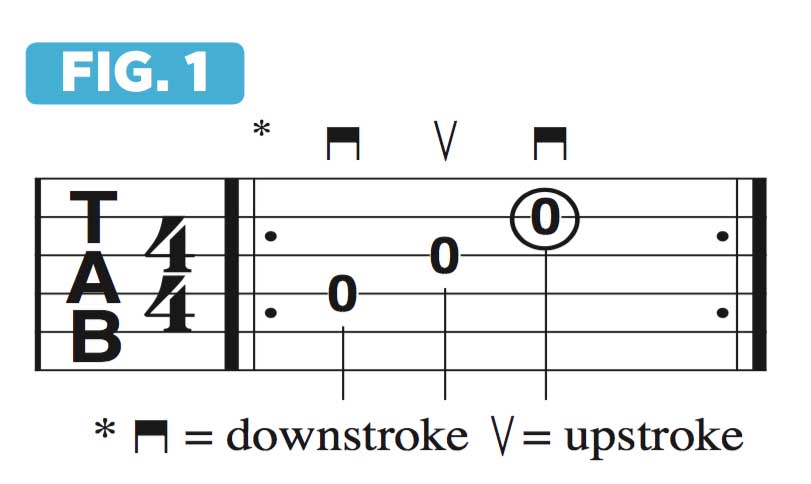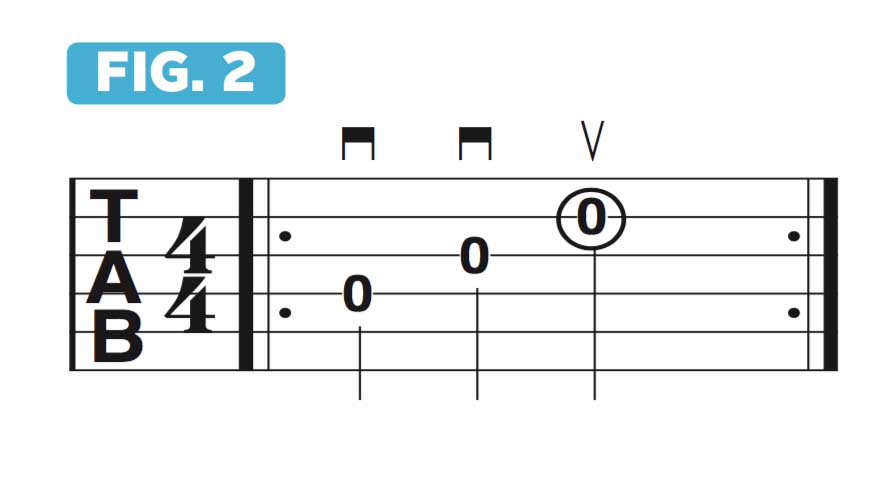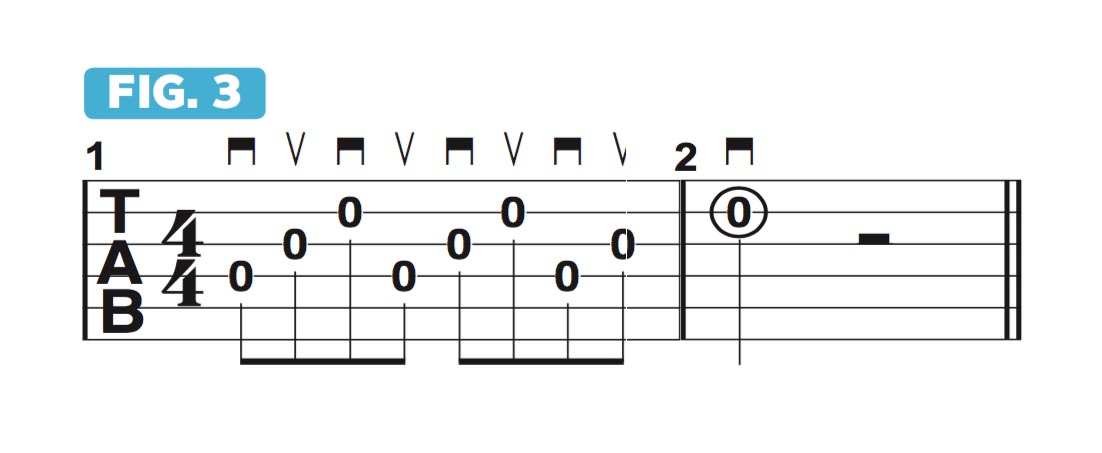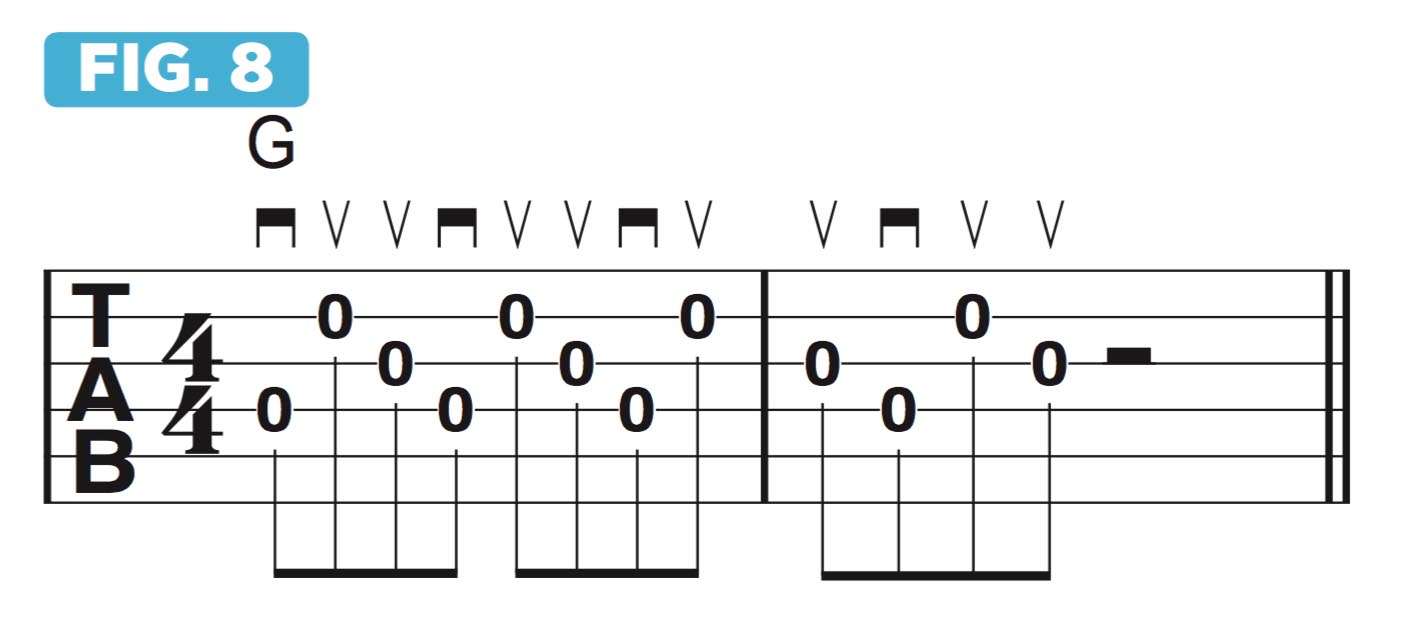Molly Tuttle teaches you how to crosspick and play Wildwood Flower
Pick out the little details when playing through a chord progression

I discovered the flatpicking technique known as crosspicking when I was already a few years into learning how to play the guitar. What I like about crosspicking is that it enables you to fill out the sound of a chord around a melodic line.
It’s also a more intricate and detailed way of playing through a chord progression, as compared to simply strumming through the chords, enabling the player to present the changes and the melody at the same time.
Some of the guitar players that inspired my interest in crosspicking are Dave Rawlings, David Greer, Tony Rice, Clarence White, and many others. I would also include George Shuffler, who played with the Stanley Brothers and was one of the first and most important proponents of the crosspicking technique and style in acoustic bluegrass music.
Crosspicking entails playing across several adjacent or non-adjacent strings and sounding only one note per string.
Figure 1 illustrates the most basic pattern, crosspicking on the G and B strings utilizing alternate picking (down, up, down, up, etc.).

Figure 2 shows the same exercise, but here the first two notes are picked with consecutive downstrokes, followed by an upstroke. Most often, bluegrass and country music is played with four beats to the bar (either 44 or 22 meter).

As this example is built from three eighth notes, the way the pattern falls on the downbeats will shift as one moves through each beat, as illustrated in Figures 3 and 4.


Another way to use crosspicking within a given bar is to play across the three adjacent strings twice, which will account for six of the eighth notes, followed by the lowest and highest strings sounded as the last two eighth notes of the bar.
This is shown in Figure 5, which demonstrates how to “square off” the approach into a complete bar of eight eighth notes. A great way to practice this technique is to form a specific chord and move the picking pattern across every available group of three adjacent strings, namely, 3-2-1, 4-3-2, 5-4-3 and 6-5-4, with “1” being the high E string and “6” being the low E.

In Figures 6 and 7, a C chord shape is held as each of these three-strings groups is sounded using the crosspicking approach.


We can also flip the pattern over to create a “backward roll," as shown in Figure 8. Here, I start on the 4th string but then repeatedly pick the 2nd, 3rd and 4th strings in succession.

Now let’s apply this first crosspicking approach to a song. Figure 9 illustrates part of the old bluegrass chestnut Wildwood Flower, performed without crosspicking. The melody is played on the lower strings while the higher strings are strummed to outline the chord progression.

If we perform the melody with crosspicking, the result is shown in Figure 10. While the melody is still played in essentially the same way, each chord in the progression is sounded as a series of single notes that form an arpeggio.

Utilizing the technique in this way places some of the melody notes on an upbeat instead of a downbeat, which serves to create an exciting feeling of syncopation and forward momentum.
Get The Pick Newsletter
All the latest guitar news, interviews, lessons, reviews, deals and more, direct to your inbox!
“There are so many sounds to be discovered when you get away from using a pick”: Jared James Nichols shows you how to add “snap, crackle and pop” to your playing with banjo rolls and string snaps
Don't let chord inversions bamboozle you. It's simply the case of shuffling the notes around







![Joe Bonamassa [left] wears a deep blue suit and polka-dotted shirt and plays his green refin Strat; the late Irish blues legend Rory Gallagher [right] screams and inflicts some punishment on his heavily worn number one Stratocaster.](https://cdn.mos.cms.futurecdn.net/cw28h7UBcTVfTLs7p7eiLe.jpg)


